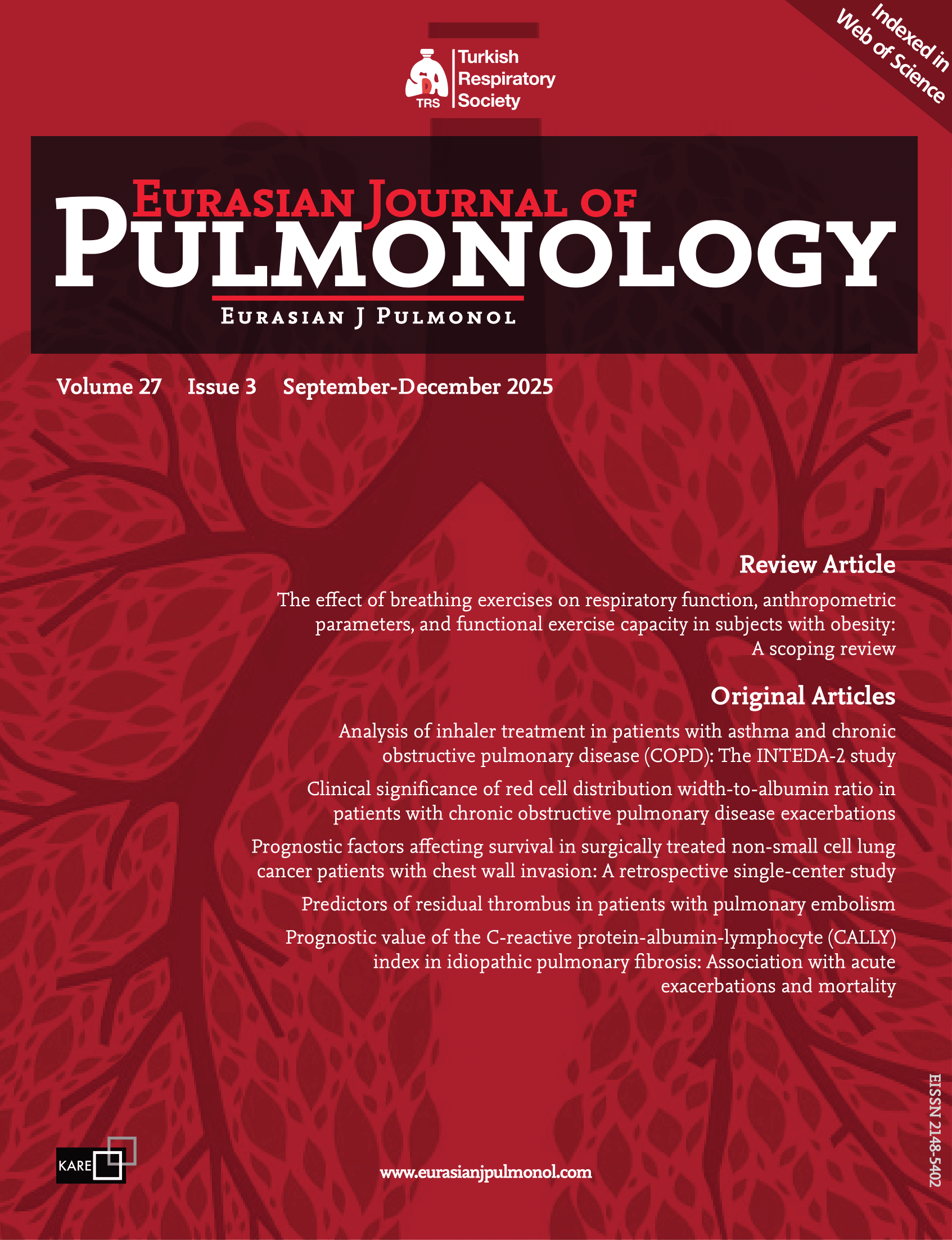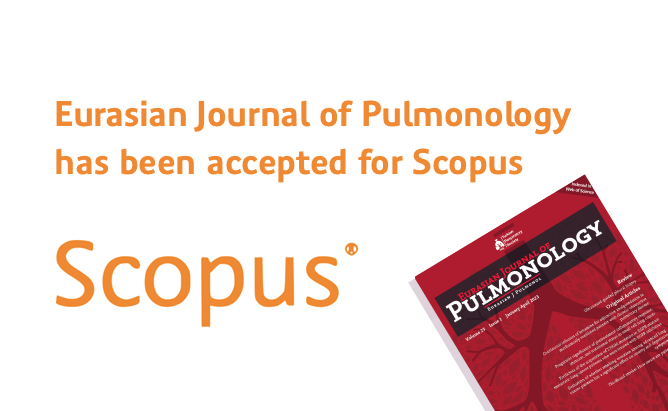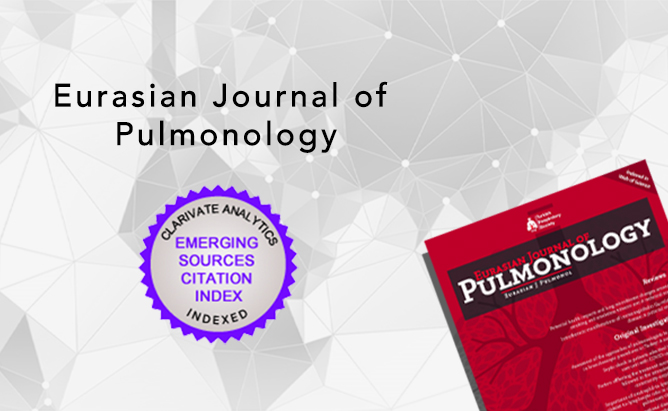2Department of Cardiology, Bursa Uludağ University Faculty of Medicine, Bursa, Türkiye
3Department of Cardiovascular Surgery, Bursa Uludağ University Faculty of Medicine, Bursa, Türkiye
4Department of Thoracic Surgery, Bursa Uludağ University Faculty of Medicine, Bursa, Türkiye
5Department of Rheumatology, Uludağ University Faculty of Medicine, Bursa, Türkiye
Abstract
BACKGROUND AND AIM: Chronic thromboembolic pulmonary hypertension (CTEPH) is caused by pulmonary artery obstruction due to persistent organized thrombus and remodeling of pulmonary vascular structures. The treatment of CTEPH is considered a multimodal approach, including pulmonary endarterectomy (PEA) surgery, balloon pulmonary angioplasty, and medical therapy. We aimed to report our 12-year experience with CTEPH patients and identify risk factors for mortality in a real-life setting.
METHODS: Patients older than 18 years, evaluated by a multidisciplinary expert team between July 1, 2011 and July 1, 2023, and diagnosed with CTEPH, were included in the study.
RESULTS: The study population comprised 32 CTEPH patients with a mean age of 61.0±13.8 years and a median follow-up duration of 28 months. At the end of the follow-up period, 13 (40.6%) patients had died. A high neutrophil-to-lymphocyte ratio (NLR) and elevated B-type natriuretic peptide (BNP) levels at the time of diagnosis, along with low BNP levels and pulmonary artery pressure (PAP) changes within the first year, were observed in patients with mortality. Survival analysis, including NLR, BNP, pulmonary endarterectomy, and hematocrit (Hct) demonstrated that a high NLR and the absence of surgical treatment were independently associated with mortality.
CONCLUSIONS: Our study underscores the critical role of PEA surgery in treatment of CTEPH, in addition to the importance of BNP trajectories and the neutrophil-to-lymphocyte ratio as prognostic biomarkers. Further research is needed to evaluate the reliability of easily obtained measurements, such as NLR, in categorizing high-risk patients.




 Nilüfer Aylin Acet Öztürk1
Nilüfer Aylin Acet Öztürk1 




